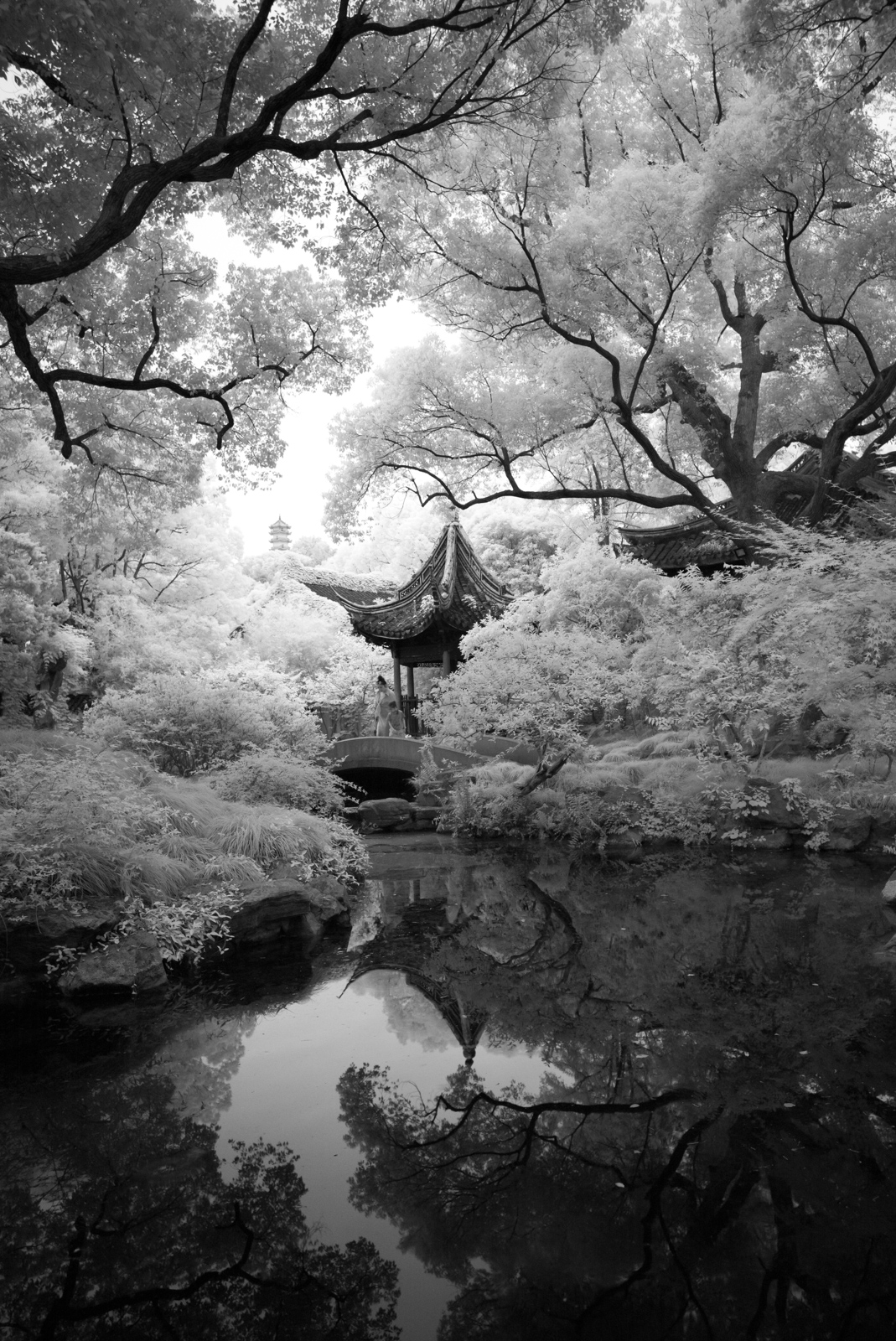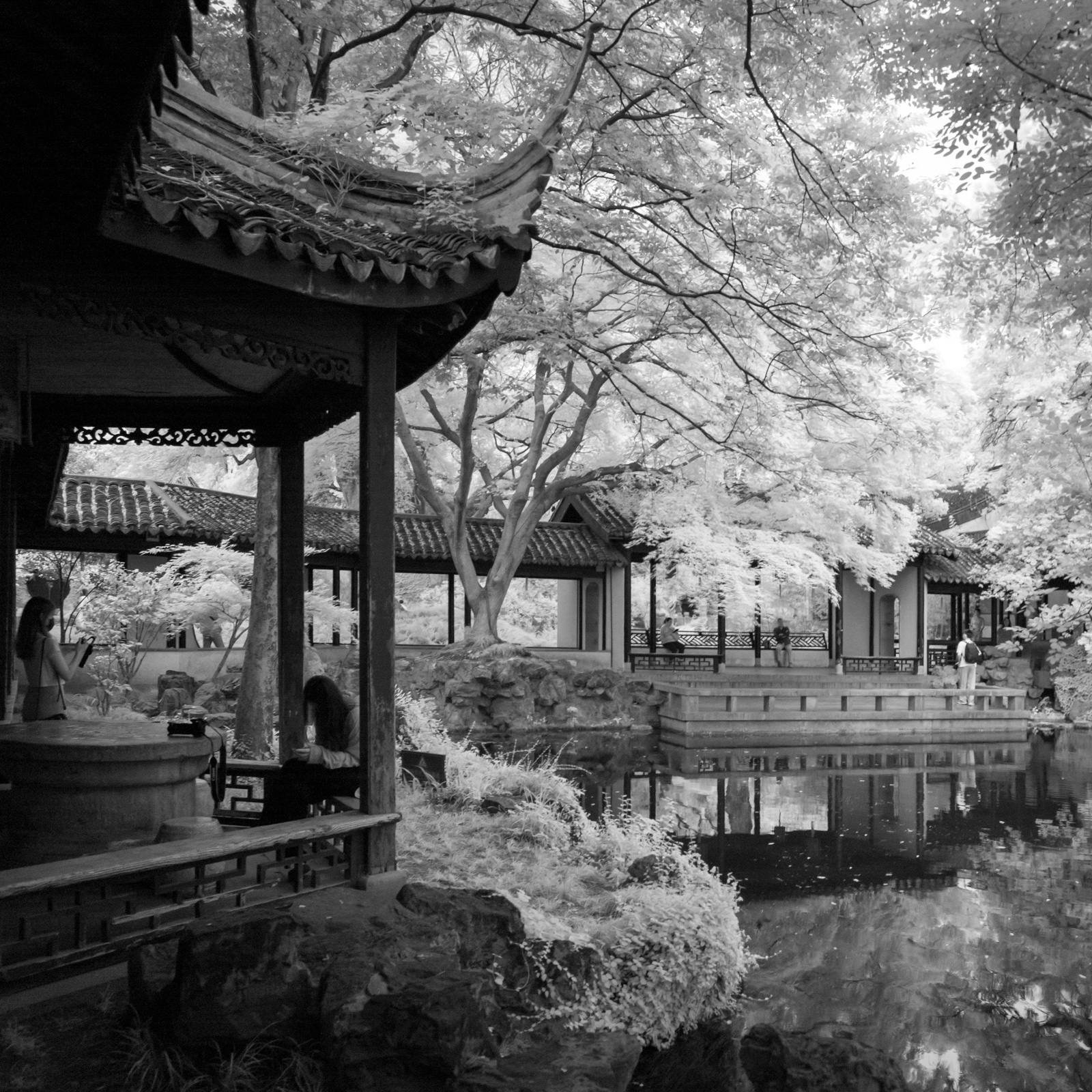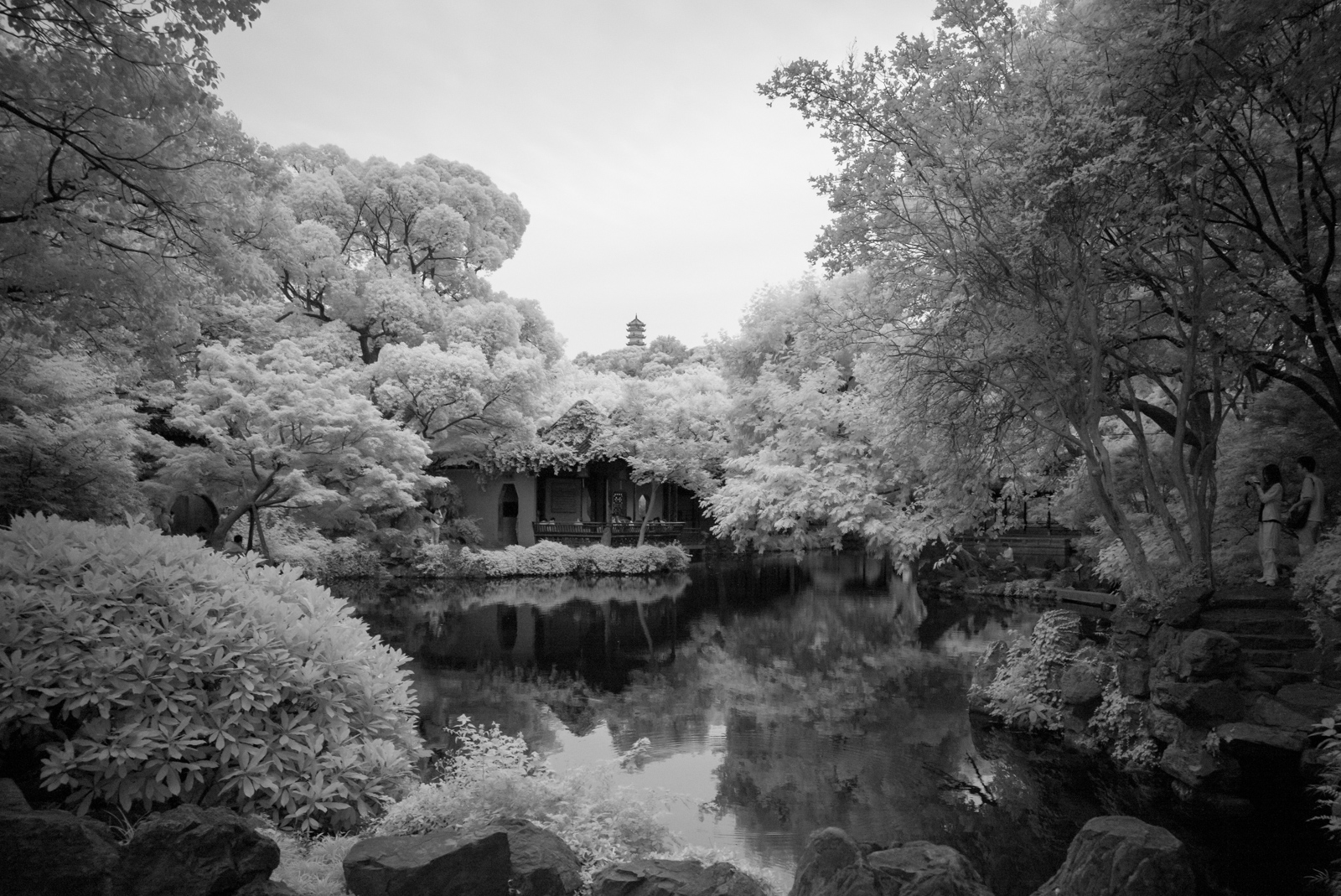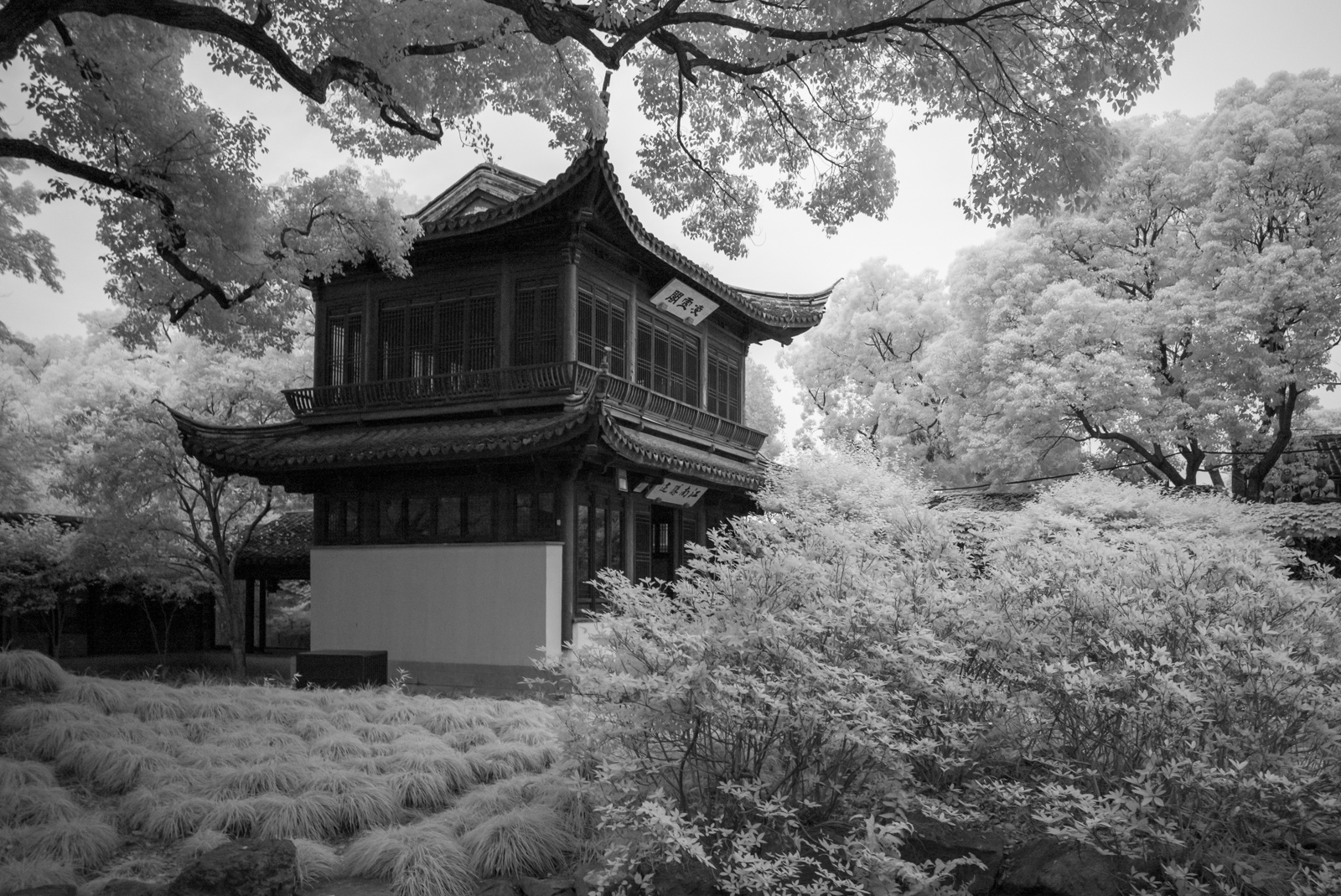After seven consecutive days of work and rushing through ten cities, I stole a half-day of leisure before boarding my flight back to Australia to visit Wuxi’s renowned Jichang Garden.
I had long wished to see it in person.
One reason is its brilliant and grand design: the garden rests against Huishan Mountain while borrowing the scenery of Xishan Mountain, from which the Song Dynasty Longguang Pagoda can be seen atop the hill. The distances, proportions, mountain contours, and pagoda silhouette—together with their reflections in the garden’s lake—are perfectly balanced, like a meticulously composed Song landscape painting: serene and restrained, yet brimming with life. Of course, this is only the beginning. The true marvel lies in the artificial hills along the lakeshore, which seem to extend as natural continuations of the surrounding ranges, their heads greeting Xishan and their tails pointing toward Huishan. This effect—though man-made, as if born of nature—is a rare achievement in later Chinese gardens, particularly those of the late Ming and Qing, which grew ever more ornate and affected.
Another reason lies in the Qin family, the original owners of the Jichang Garden, who miraculously preserved it through the Ming and Qing dynasties and even into the Republican era. Such continuity is almost without parallel in the history of Chinese gardens—perhaps even in the entire history of Chinese landholding. What kind of family tradition, wisdom, and fortune could sustain a lineage for more than four centuries without decline?
But the most important reason is this: Jichang Garden was gradually restored over twenty years by the late master of classical gardens, Mr. Zheng Li.
The restoration of a classical garden is an extraordinarily complex task—made all the more difficult here by the garden’s long suffering through wars, destruction during the Cultural Revolution, crude repairs in the early years of the People’s Republic, and the wear and tear of having once served as private housing. By the time Mr. Li took charge, it was nearly beyond salvation.
With immense patience and scholarship, he consulted historical records and took the Jichang Garden Painting Album of the Qing Dynasty as his principal reference, ensuring the entire layout would breathe with the same vital rhythm as the original—repairing the old as the old. At the same time, he pragmatically relocated certain elements such as the “Beauty Stone” and the Stele Pavilion to resolve circulation and spatial tension issues, achieving a rare harmony between human intention and natural order—retaining culture while adapting to the land.
During Mr. Li’s later years in Melbourne, I had the good fortune to dine with him, travel with him, and seek his advice on design. Now that he has passed away, walking through Jichang Garden stirs a quiet sadness—it feels as though his spirit still lingers among the stones and pavilions.
The young colleague who accompanied me, a Wuxi local, was unaware that Jichang Garden is considered one of the finest examples of Jiangnan literati gardens. Walking through it, he was moved to vow that he would take up the brush again and resume his long-abandoned calligraphy practice. Whether he will follow through remains unknown, yet the power of a classical garden to inspire moral refinement and self-cultivation was palpable in that moment.




